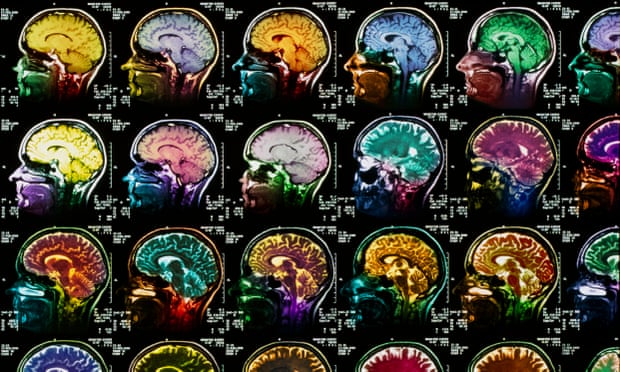Scientists identify parts of brain involved in dreaming
Experts say findings are ‘astounding’ and could help understand the purpose of dreams and predict whether people are dreaming
by Nicola Davis
 Coloured sagittal MRI scans of the human brain. Changes in brain activity offer clues to what the dream is about. Photograph: Simon Frazer/SPL/Getty Images
Coloured sagittal MRI scans of the human brain. Changes in brain activity offer clues to what the dream is about. Photograph: Simon Frazer/SPL/Getty Images
Scientists have unpicked the regions of the brain involved in dreaming, in a study with significant implications for our understanding of the purpose of dreams and of consciousness itself. What’s more, changes in brain activity have been found to offer clues as to what the dream is about.
Dreaming had long been thought to occur largely during rapid eye-movement (REM) sleep, a period of slumber involving fast brain activity similar to that when awake, but dreams have also been reported to occur during non-REM sleep, leaving scientists scratching their heads as to the hallmark of dreaming.
“It seemed a mystery that you can have both dreaming and the absence of dreaming in these two different types of stages,” said Francesca Siclari, co-author of the research from the University of Wisconsin-Madison in the US.
Now it seems the puzzle has been solved.
